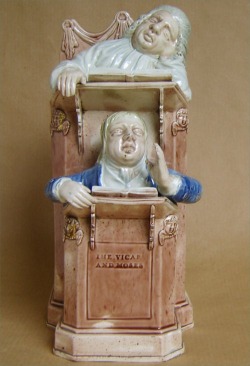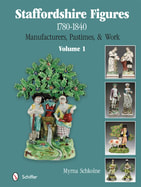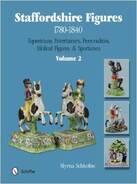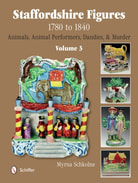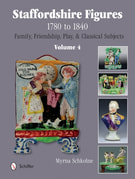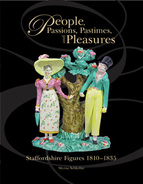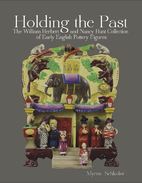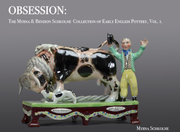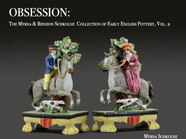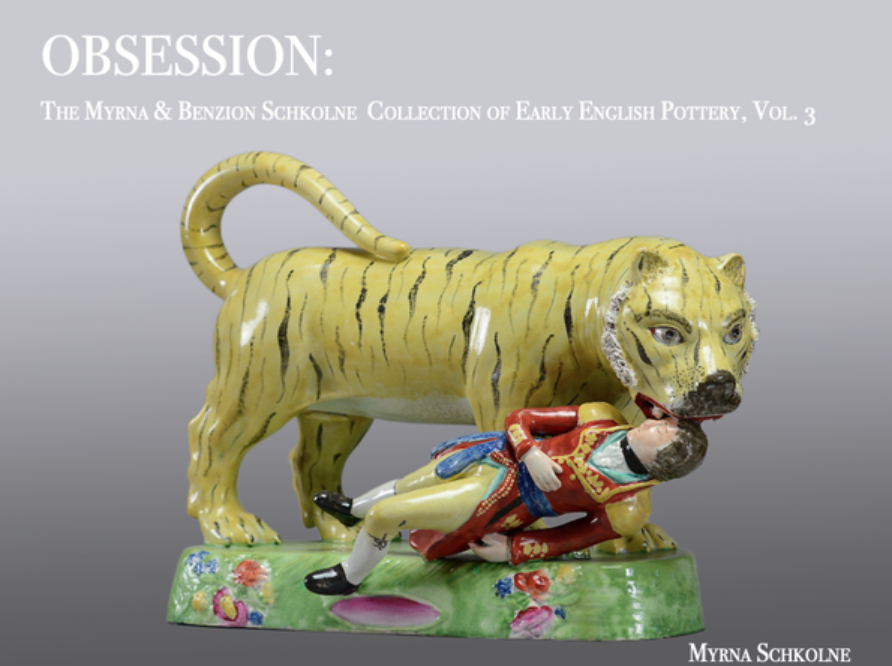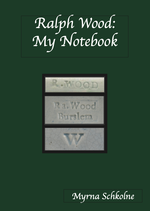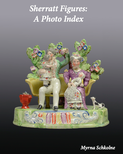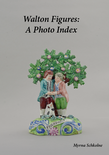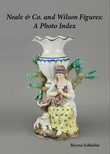But in 1991, Pat Halfpenny disputed this belief in her book on earthenware figures. Pat thought that :
- Ralph had functioned as the lesser-half of a partnership with his cousin Enoch between about 1783 and 1789. Marked Ralph Wood figures cannot be attributable to the partnership years.
- From 1790 -1795 (his year of death) Ralph made figures on his own and this is the earliest period we can assign to marked Ralph Wood figures.
- Similar unmarked figures were not made by Ralph, but were made by his brother John a ‘far more important potter’.
- Prior to 1782, Ralph Wood was a shopkeeper in Bristol...selling pottery, of course.
- By August 1782, Ralph Wood had returned to Burslem, was potting, and had over 50 figure molds he had made that he was using to fulfill orders. This is documented by an invoice in the Wedgwood archives.
Along the way, Wynne points out that
- We cannot attribute Ralph Wood figures to a lengthy partnership with Enoch Wood. This partnership did not endure for almost a decade, as Halfpenny believed, Instead it was brief. According to Enoch’s own diary “I began business for myself November 11th 1783 with a partner R. Wood for a few weeks only & dismiss [sic] him with all his things again.”
- We cannot attribute unmarked Ralph Wood type figures to John Wood. John was not even potting by August 1782—the date of the first documented, extensive Ralph Wood invoice. When John got going in 1783, only a sliver of his wares were figures. These are described in invoices, are similar to Ralph’s wares, and appear to have been made by Ralph for John.
I am left with a few thoughts.
- If Ralph had molds for over 50 figures on his return to Burslem, surely he had used them in Bristol? Why would he have made mold after mold after mold….without making a single figure?
- Ralph Wood figure marks often incorporate the word ‘Burslem”. (Ra Wood Burslem). Some simply state R. WOOD. Is it possible that Ralph was potting figures in Bristol prior to his return to Burslem in early 1782? Could the simple R WOOD mark be a Bristol mark?
- While Ralph Wood is usually associated with colored glaze figures, there is a significant number of enamel figures that we also attribute to either Ralph Wood or his son, Ralph Wood III (d. 1801). There is no reason why some of these enamel figures could not date as early as 1782. After all, we know that Neale was making fabulous enamel figures in this period, so clearly the market existed.
If you have found this boring rather than fascinating, I cannot be apologetic for the blog entry. We need to take our figures seriously. They are not just pretty knick-knacks but are fascinating time capsules that tell us much of the world as it once was.
